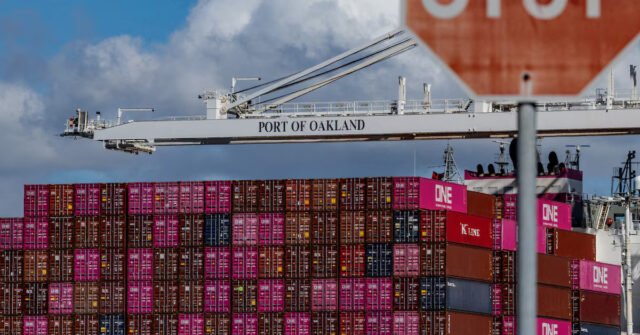
The Office of the U.S. Trade Representative (USTR) has released its 2025 National Trade Estimate (NTE) Report, a comprehensive 397-page document detailing foreign trade barriers that hinder U.S. exports. The report, submitted to President Trump and Congress, identifies hundreds of restrictive policies across major global markets and lays the groundwork for possible tariff actions.
Key Highlights of the Report
The report emphasizes challenges faced by U.S. exporters in various regions, with some of the most significant trade barriers coming from China, Canada, the European Union, and South Korea.
1. China: Unfair Trade Practices and Market Restrictions
China’s trade policies dominate the report, with nearly 50 pages dedicated to its unfair trade practices and lack of market access for U.S. businesses. The USTR criticizes China for:
- Failure to open its agricultural market to U.S. farmers.
- Subsidies for state-owned enterprises, distorting competition.
- Technology transfer demands imposed on foreign companies.
- Strict digital regulations that limit American tech firms.
2. Canada: Protectionist Dairy Tariffs
Canada is under scrutiny for its high tariffs on U.S. dairy products, particularly butter, which faces tariffs of up to 298%. These policies limit U.S. dairy exports and have long been a point of contention between Washington and Ottawa.
3. European Union: Food Safety and Environmental Rules
The EU’s strict food safety regulations and sustainability policies are flagged as significant barriers to trade. The report criticizes:
- Pesticide restrictions that block U.S. agricultural imports.
- Plastic packaging standards that increase compliance costs for U.S. companies.
- Geographic indications that limit American cheese and wine producers from using common product names.
4. South Korea: Beef Import Limits and Emissions Standards
South Korea’s policies on beef imports and auto emissions are another area of concern. The USTR argues that:
- Quotas and high tariffs restrict U.S. beef exports.
- Stringent vehicle emission standards disadvantage American automakers.
Trump’s Tariff Plans: A Harder Line on Trade?
With the report in hand, President Trump is considering new tariffs to counter foreign trade barriers. Trump has repeatedly threatened sweeping tariff hikes, including:
- A 10% across-the-board tariff on all imports.
- Higher tariffs on Chinese goods, expanding beyond the existing ones from the U.S.-China trade war.
- Targeted tariffs on agricultural products and auto imports from the EU, Canada, and South Korea.
Trump has long championed protectionist policies, arguing that higher tariffs will bring manufacturing jobs back to the U.S. and pressure foreign governments to open their markets. However, critics warn that such actions could increase consumer prices and trigger retaliatory measures from trade partners.
What’s Next?
With USTR’s findings on the table, the White House is expected to announce new trade measures in the coming months. The global response will be critical, as countries impacted by potential tariffs may push back with countermeasures—potentially escalating tensions in an already uncertain global economy.
Will Trump’s aggressive trade policies benefit American workers, or will they spark a new wave of trade wars? Stay tuned as the battle over global trade unfolds.



